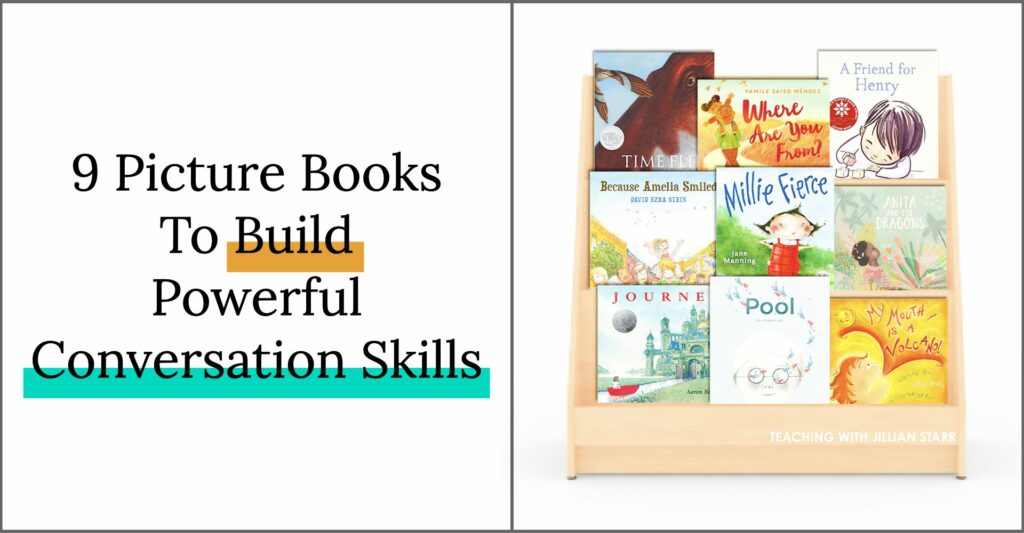
Full Disclosure: I believe that you can use almost any picture book to support conversation skills.
Think about it. The structure of a well-done read-aloud is a scaffolded conversation. The book is our central topic. We use questions and other inquiry forms to guide a discussion around the book. Additionally, students make text-to-text, text-to-self, and text-to-world connections. They respond to each other, react to each other, and bond around similar thoughts and feelings.
Likewise, picture books ignite conversations around deep or difficult topics. Children’s books about empathy spark discussions on what it means to empathize with others. Friendship read-alouds encourage students to talk about being a good friend.
However, some picture books are particularly helpful when working on conversation skills with your class. Today, I’m sharing nine books I’ve used to support the building of conversation skills. To make it simple, I’ve categorized them into three main categories:
- Books About Conversation Skills
- Books That Build Conversation Skills Through Discussion (Wordless Picture Books)
- Books That Spark Conversations around Adjacent SEL Skills
You can click on any book title below for an Amazon affiliate link. Here you can find a full summary and reviews of each book. If you order a book from the link, I earn a small percentage of that sale. This goes towards the maintenance of my blog.
Books About Conversation Skills
My Mouth is a Volcano by Julia Cook
My Mouth is a Volcano is full of humor and repetition, making it a light-hearted book for discussing empathetic conversation skills. It centers on Louis, a young boy who continuously interrupts the people around him because he is so excited to speak. One day, Louis is interrupted by two of his classmates. He feels terrible. However, he processes the experience with his mother after school. She helps him realize that he does that same thing sometimes. Together, they discuss a technique for Louis to hold in his words until others are finished speaking.
I incorporate this book into our learning about conversation skills every year. The story illustrates the importance of thinking about the other person in the conversation and thinking about air time. Additionally, it offers an opportunity to brainstorm as a class:
- How do you stop yourself from interrupting someone while they speak?
- How can you hold onto your words until they are finished?
- How do you know when to pause and listen to others?
A Friend for Henry by Jenn Bailey (Inclusive conversation skills)
A Friend for Henry is a simple story that is full of kindness. While it could easily fall under friendship read alouds, the story also provides an example of inclusive conversation skills. Henry wants a friend. He attempts to connect with a few different peers, each with their own style of relating to others. Finally, Henry has a successful conversation with Katie, who shares a similar conversation style and interests.
I love using this book for two reasons.
- It shows that conversations will vary depending on the person you talk to, and, more importantly, not all conversations will go well.
- The book empathizes with Henry, who could be labeled with ASD, and his attempts at relating to others.
Conversation Skills Through Wordless Picture Books
Wordless picture books are one of my favorite ways to scaffold conversations and build collaborative conversation skills. Wordless picturebooks leave it up to us to verbalize the story.
I always establish a protocol before embarking on a wordless picturebook conversation.
In a large group, we set expectations. For example, there will be 60 seconds of looking before anyone can raise their hand. Sometimes, later in the year, we decide that we won’t raise our hands. Instead, there might be a conversation stick. We review the conversation skills learned in past lessons, such as mindfulness of airtime and responding to other students.
Journey by Aaron Becker
Journey by Aaron Becker is the perfect wordless picture book for developing conversation skills. Journey (along with the sequels Quest and Return) is an action-packed story about a girl who uses her imagination, a red marker, and her wall to go on incredible adventures into a medieval world. Without a word, Becker keeps his readers on the edge of their seats.
This makes for an excellent beginner wordless picture book because it is linear. The story does not go back and forth between time periods. This keeps the conversation in a clear direction.
Time Flies by Eric Rohmann
Time Flies is another wordless picture book that sparks a lot of conversation. More advanced than Becker’s Journey, Time Flies takes readers on an epic journey back in time through the eyes of a bird. We go back and forth between present-day and prehistoric times. We start in a natural history museum and fly back to when dinosaurs roamed the Earth. And, even without words, Rohmann teaches the reader the theory that birds are descendants of dinosaurs.
Pool by Jihyeon Lee
Often, I like to scaffold discussions using everyday experiences that most (or all) of my students can relate to. Pool touches on the experiences of my students. Lee uses GORGEOUS illustrations to depict the stories that occur during a regular old trip to the pool. Which many of my students identify with. Jihyeon Lee goes beyond the typical day and draws the reader into illustrations where imagination can take you underneath the waves and the crowds.
Books That Spark SEL Conversations
SEL lessons are most effective when they are conversations around a shared topic.
Speaking Up: Millie Fierce by Jane Manning
After reading Millie Fierce, the classroom erupts in thoughts, questions, and comments.
Millie Fierce tells the story of a girl who never speaks up for herself. As a result, she doesn’t receive what she wants, and she is picked on by other students. She always follows the rules, no matter what. One day, she just can’t take it anymore. She explodes. She breaks every rule and disregards the people around her. Any predictions on how that will end up? You’re right. Ultimately, Millie feels horrible after being mean and disrespectful to those around her. She learns that it is important to balance speaking up for herself and being kind to others.
Millie Fierce raises an important question: What is the difference between fiercely speaking up for yourself and being mean and disrespectful? My students always have a lot to say.
As we work on conversation skills, this book sparks debate. Students learn to agree and disagree. We use sentence starters such as “I have a different opinion…” or “I disagree with _________.” Learning about respectful disagreements is a crucial part of building conversation skills.
Overcome Fear: Anita and the Dragons by Hannah Carmona
Anita and the Dragons combines fantastical imagination and reality. Meanwhile, it brings up the concept of fear.
It tells the story of Anita, who is about the leave her home in the Dominican Republic for her new home in the United States. She doesn’t want to leave home and everything she loves. Pretending the airplane to the USA is a dragon trying to take her away, she refuses to board. Finally, her mother comforts and soothes her “what if” mind. She boards the plane. She is ready to be brave and face her fears.
This book helps us develop conversation skills and practice having fruitful conversations in two ways. First, we can use it as a catalyst for discussing the fears we can feel in social conversations. Not everyone feels the same way about entering new social situations, which is one of the primary conversation skills. Second, students often have a lot of say about fear in general. We use it as a topic of discussion in which students make peer connections and offer solutions for when they don’t feel brave.
Spread Joy: Because Amelia Smiled by David Ezra Stein
Because Amelia Smiled is a double-whammy. It is not only a great picture book for building conversation skills, but it also inspires acts of kindness. In Because Amelia Smiled, Stein shows us that one small act of kindness (a smile) radiates kind acts all over the globe.
My students always have a lot of say during and after reading this book. Many feel inspired. Many students question why people react to acts of kindness by paying it forward. I like to turn those thoughts and questions into a productive conversation about “good deeds” and being kind.
Discuss Stereotyping: Where Are You From? By Yamile Saied Méndez
As we build conversation skills in inclusive classrooms, we must discuss the potential harm of assumptions. The question “Where are you from?” is commonly known as a microaggression because it assumes someone who looks or speaks a certain way is from somewhere else. Yet, I’ve heard multiple students ask that very question during snacktime conversations.
Where Are You From? by Yamile Saied Méndez does a beautiful job of acknowledging that everyone comes from a different background while emphasizing the ridiculousness of the question. The book tells the story of a young girl who is regularly asked, “Where are you from?” So, she asks her grandfather. His answer is so much more than a location. Instead, he paints a picture of the many places and people that make up her family.
I love using this book as an entry point to identity-based activities. Additionally, it is an excellent book to spark conversation about the questions we ask others.
There are so many great conversation-starter books out there. Books that spark discussions, generate multiple opinions or predictions, and grapple with relational questions are best. As always, I’d love to hear how you use these books in your lessons on conversation skills. And I’d love to hear about any additional books you’ve used and loved as well!

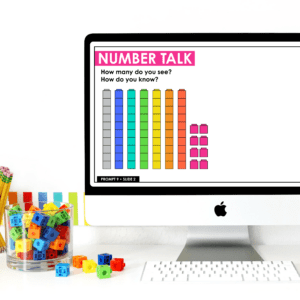
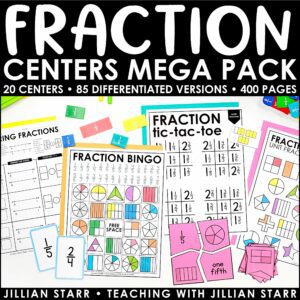
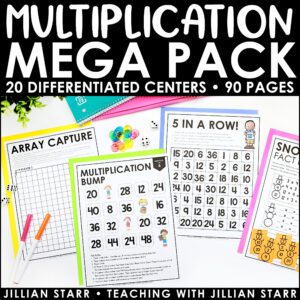
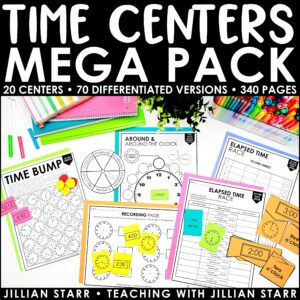
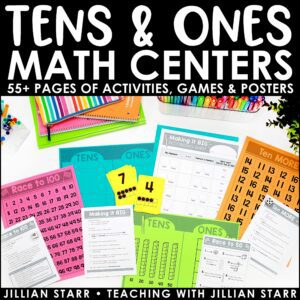
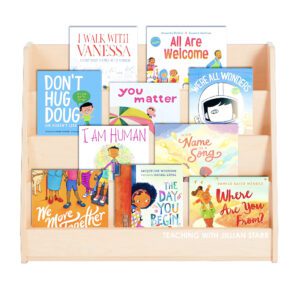
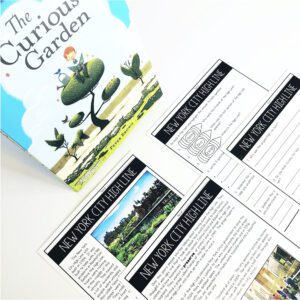



Thank you, once again, for another insightful post.
I recently purchased Where are you From? and loved reading your thoughts on how it can be used.
I have been teaching for 20 years and I feel like picture books have gotten exponentially more representative of the learners I have in front of me each day. I am so thankful for that! Your posts about your classroom library was my inspiration for building my own when I returned to the classroom a few years ago.
Always appreciate learning from you here.
xo
Wonderful! Your posts are my new favorite readings on Sunday morning. As a new and beginner librarian in a bilingual school, your posts are such an inspiration to create activities for my students. Thank you!